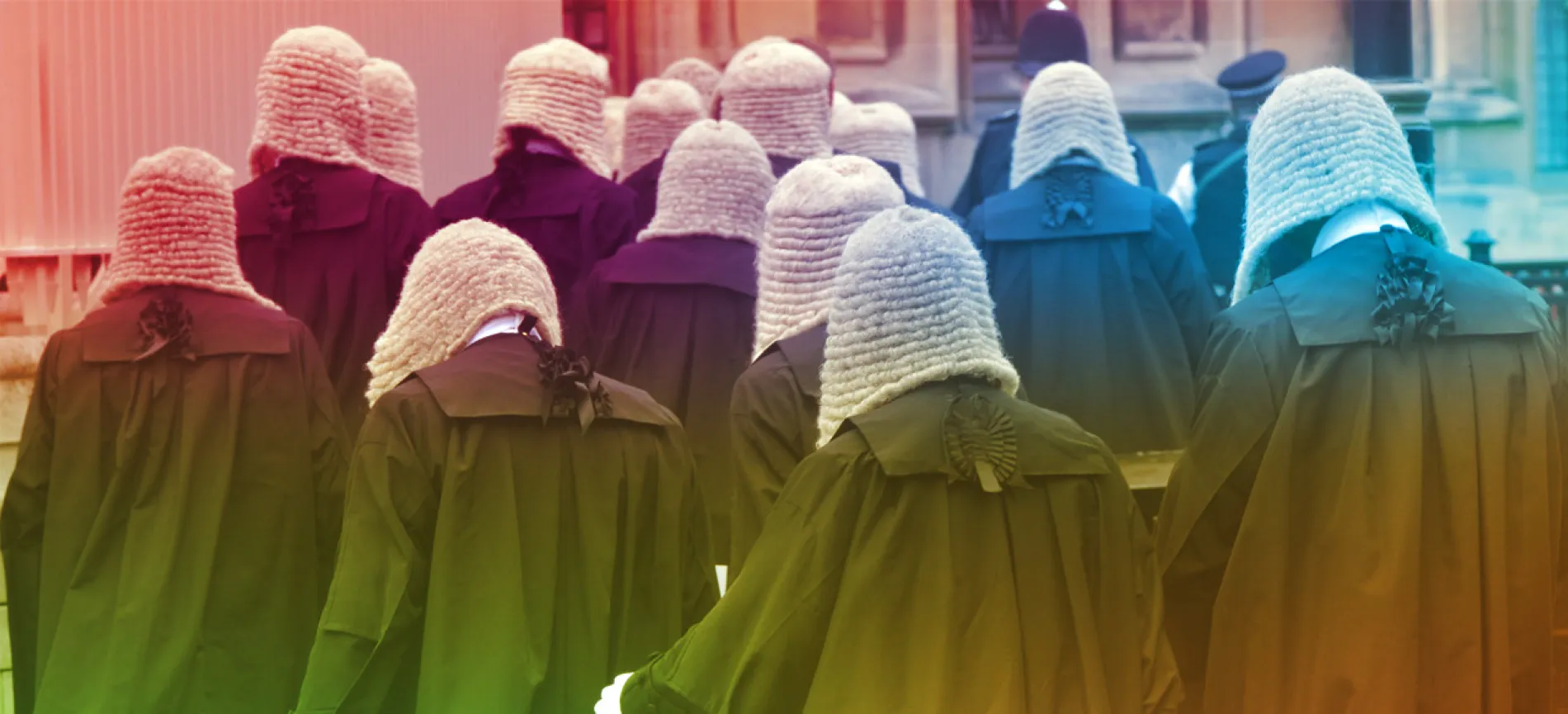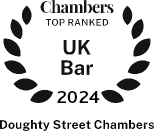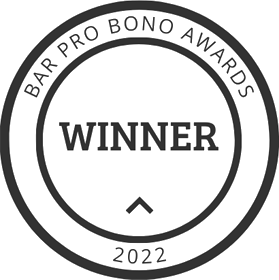Day 2: Where are all the Women?
Have you ever wondered where the names of London’s streets come from? Many of them give recognition to historical figures, but disappointingly few of these are women.
Doughty Street Chambers – and the #DoughtyStWomen - are proud to be based in Bloomsbury, with its rich history of inspirational women leaders from politics, law, journalism, and art. Within a few hundred metres of our chambers are buildings where the suffragettes built their campaigns, as well as the former home of the first woman barrister in England and Wales. Helena Normanton QC lived and worked a block north, on Mecklenburgh Square.
Yet the streets we walk every day are named instead for men: many of them wealthy landowners or benefactors whose public contribution stemmed principally from their wealth. Of the women honoured on our street signs now, many are profiled not in their own right but simply as the wives of historically high-profile men.
To celebrate International Women’s Day 2018, and the centenary of women’s suffrage, #DoughtyStWomen are reimagining our streets renamed. For eight days between 1 March and International Women’s Day on 8 March we are focussing on one of our local Bloomsbury streets, honouring eight of the leaders of the women’s suffrage movement who had connections in the area and who are too often forgotten.
Share these stories, follow us on social media and help us honour Bloomsbury’s inspirational feminist history.
#DoughtyStWomen #IWD2018
Day 1: 1 March 2018
Doughty Street became Lyons Street – read about Jane Lyons here.
Day 2: 2 March 2018
Guilford Street becomes Lawson Street

#DoughtyStWomen Ulele Burnham and Amelia Nice
Guilford Street in Bloomsbury, just north of Doughty Street, is named after Lord Frederick North, a former Prime Minister and the second Earl of Guilford.
Today, we imagine it renamed as Lawson Street, to honour Marie Lawson.
Marie Lawson (1881-1975), Women’s Freedom League
Marie Lawson was born in Sunderland. She was one of 6 siblings and the child of a solicitor. She studied law at the LSE but since law was a profession closed to women, she became a clerk at an engineering firm. At 21 years old, she took her own flat at 4 Guilford Street in Bloomsbury, which was then considered “a rather disreputable area” and “a forward thing to do”.[1]
In 1907 Marie joined the Women’s Social and Political Union in London. She joined the Women’s Freedom League and was elected to the executive in 1908. Marie formed Minerva Publishing Company in 1909, in order to produce The Vote. That same year, she refused to pay income tax and a year later she joined the newly founded Women’s Tax Resistance League. In 1911 Marie was one of the women who ‘vanished for the vote’ by refusing to register for the census. The records describe her and Emily Ridler, both “over 30,” as follows: “4 Guilford Street… Census night: resisters. Occupation: secretaries to suffragettes.”
In 1920-1923 Marie was vice-president of the Women’s Election Committee and a member of the International Women’s Franchise Club. She died in the south of France. We are proud to honour Marie Lawson, a local suffragette. Share her story.
[1] Elizabeth Crawford, The Women’s Suffrage Movement: A Reference Guide 1866-1928








